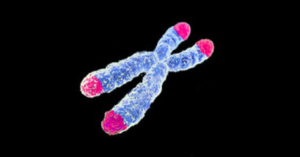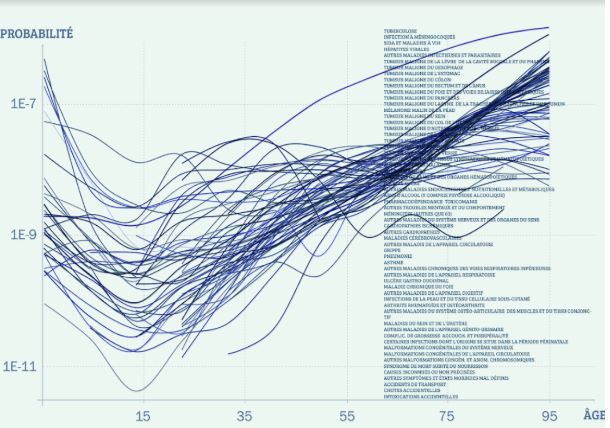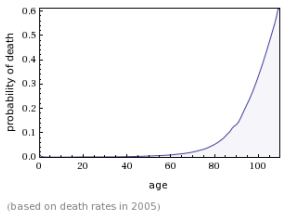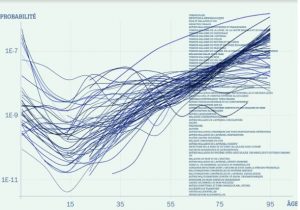The world is going to change. The potential for a person’s lifespan in general is significant. According to the most conservative estimates, a person can live at least 120 years if they do not shorten their own lives and if circumstances do not shorten their lives. Declaration by Russian Health Minister Veronika Skvortsova following the meeting of the Presidium of the Presidential Council for Strategic Development and Priority Projects. (Translation, source TASS agency, July 10 2018).
Theme of the month: Europe and longevity
In no other demographic group of similar size do citizens live as long as in the European Union. Medical and social security coverage ensures an increasingly long life there. 
While the most prominent research in the field of longevity and the most renowned scientists are often in the United States and the share of GDP devoted to health there is much higher, Europe is more advanced in terms of longevity.
In Southeast Asia, life expectancy is growing faster than in Europe, but only a small number of countries (Japan, South Korea and Singapore) currently surpass European countries.
European scientific research could allow for considerable progress in the not too distant future. Here are some reasons to envisage it.
A heavy legal framework, but one that allows for scientific research
We live in a world of extraordinary legal complexity. This is particularly the case in Europe. This complexity is motivated in particular by an unstable equilibrium between concern for the protection of citizens and the defense of economic and social interests of groups. One of the – probably temporary – outcomes of this complexity is the famous GDPR (General Data Protection Regulation) which came into force in May 2018. To simplify (greatly), it can be said that the purpose of the legislation is to prevent illegitimate and unwanted uses of data generated by citizens.
This complex text – whose application procedures vary from one state to another – does not therefore aim to prohibit the exchange and use of data for legitimate purposes and particularly for scientific research. In principle it is even the opposite – the GDPR aims to create a framework for legitimate exchanges. For example, for research, the European Regulation (in a “recital”) explicitly mentions that: It is often not possible to fully identify the purpose of personal data processing for scientific research purposes at the time of data collection. Therefore, data subjects should be allowed to give their consent to certain areas of scientific research when in keeping with recognized ethical standards for scientific research.
Given the complexity and length of the regulation itself and, above all, the millions of pages of transposition texts, doctrinal comments, judicial decisions, etc. that will result from it, it is not at all certain that exchanges will be facilitated (see for example the situation in Belgium). On the other hand, the clear principle of data protection from illegitimate uses can lead to a broader agreement among citizens to make health data available for research purposes. It is important that citizens are informed that it may be used in the general interest because they will then provide more accurate data. In addition, general support is important, especially in a democratic environment.
On the subject of public support, a survey published in March 2019 in Belgium produced an impressive result: 94 % of Belgian citizens are in favor of the use of artificial intelligence in the area of science and health and 56 % are willing to measure and share medical data via A.I.
Sharing of genetic data
Tens of millions of people around the world have already been sequenced. Most of these sequencings (normally prohibited except for medical reasons for people who live in France) are unfortunately very partial and carried out by private companies, the best known being 23 and Me.
But there are also sequencings for medical and scientific research purposes carried out with public funding and organization. It is in Europe that this is done the most. Major projects have been carried out or are in progress, notably in Estonia, Iceland, the United Kingdom and France (2025 Genomic Plan). A key element that the European Union could allow for is interconnectedness between these different data. In April 2018, the European Commission announced that 13 European countries had signed a declaration to allow cross-border access to their genomic information so as to have at least one million genomes sequenced by 2022. In less than a year, seven European countries have already joined the initiative.
Facilitating research through medical and health coverage
The member states of the European Union each have a fairly efficient health system, dense to very dense medical coverage, and different but effective systems for sharing statistical data. The diversity of populations, dietary, social and cultural habits, population movements, the multiplicity of systems for reporting medical and social information are all aspects that can be useful in discovering avenues in the field of longevity, thanks to data analysis.
European researchers and their use of artificial intelligence
The European Union is the region of the world with the most scientists, particularly in the medical field and the densest network of institutions and companies in the health sector. For scientific research, Switzerland is one of the closely associated countries, for example via CERN. A similar association should be possible for the United Kingdom if its exit from the European Union is confirmed.
As far as artificial intelligence is concerned, the European Union is not ahead of the curve in this area, but not particularly behind either, whatever some pessimists may say. In addition, Europe is at the forefront of ethical and practical reflection, particularly through the European AI Alliance, a forum engaged in a broad discussion on all aspects of the development of artificial intelligence and its impacts.
Longevity research
European and member state research in the fields of cancer and neurodegenerative diseases is numerous, effective and often publicly funded. The only aspect that is still missing in public institutions is the awareness of the universality of the aging mechanism and the need to combat it. This awareness is still limited to some private organizations, mainly in the United States.
One of the advantages of a rapid raising of awareness would be that knowledge acquired for a much longer and healthier life would be more collective, more accessible to all more quickly, European or non-European. The current situation in Europe has probably never been as favorable for this as it is today.
The good news of the month:
Progress in understanding regeneration.
Creation of an international academy for longevity research.
Researchers from Harvard have discovered the genetic process that controls the regeneration mechanism of marine worms that can “grow back” up to half of their bodies. Understanding these mechanisms is one of the fundamental avenues for human regenerative medicine in the years and decades to come.
The Academy for Health & Lifespan Research was established in February 2019. It is home to some of the most prestigious researchers in the field of longevity. The Academy aims, including through the organization of conferences, to raise public awareness of research advances and encourage increased public and private investment in research on life expectancy and health longevity around the world.
For more information:
In general, see in particular: heales.org, sens.org, longevityalliance.org and longecity.org



 Never ever, for the vast majority of humans and with regard to the vast majority of humans, will we wish another person dead.
Never ever, for the vast majority of humans and with regard to the vast majority of humans, will we wish another person dead. 
 Very often, those to whom we talk about human longevity imagine a world of decrepit old people with no energy. However, scientific research on aging aims to reduce and even stop the aging processes.
Very often, those to whom we talk about human longevity imagine a world of decrepit old people with no energy. However, scientific research on aging aims to reduce and even stop the aging processes.




 William Makeham
William Makeham